In Black & White: Australians All At The Crossroads
Editors: Rhonda Craven, Anthony Dillon, Nigel Parbury
Connor Court, $29.95, pp 428
ISBN 9781922168511
There are two significant events taking place in Aboriginal affairs. The Northern Territory government is intending to lock up drunks until they are rehabilitated, and the South Australian government is refusing to restore electricity on a remote settlement at Watarru on the APY lands. These proposals have aroused the ire of many in the Aboriginal industry, and yet they herald a far more realistic response to Aboriginal despair than hundreds of programs that have preceded them.
As a Townsville-based program manager wrote in response to criticism of the NT government:
Every single day my homeless, alcohol-dependent clients get offered options that can change their lives. Very few voluntarily accept these options … The prison system is providing the dry-out but there are no concurrent programs in place in prison to move these persons towards sobriety on release. These programs, if implemented in prison, need to be mandatory.
Australia is now reaching the endgame of the separatist era in Aboriginal policy, and this volume is a stark reminder that there are insiders and outsiders in Aboriginal policy. The insiders write trash; the outsiders make sense.
Among 24 contributors to this volume, two make a standout contribution. These are Dave and Bess Price. Dave is married to Bess, the newly elected Aboriginal CLP member for Stuart in the NT parliament. Despite living in the midst of the real Aboriginal Australia, the one that needs help, the Prices are policy outsiders. If for no other reason, buy this volume and read their essay.
The Prices’ central argument is that some elements of traditional culture need to be discarded. One in particular, ‘demand-sharing’, is killing any chance of Aboriginal success.
An old man … kept complaining that although he had several sources of income he never had enough money … He was earning annually about the same as the Prime Minister. He acted like a financial funnel. In his culture an extended family grows in proportion to the income received by an individual … He continues to live in poverty despite his income.
The principles of the demand-share economy are very deeply ingrained, taught from the beginning of life. Conforming to the rules is deeply emotionally satisfying but completely rules out the ability to budget, or to plan, and invest in the future.
Another dispensable element of Aboriginal culture is the acceptance of violence. In criticising this, the Prices are joined by a fine essay by Stephanie Jarrett.
Refusing to conform to the rules in order to maintain personal or familial solvency can lead to verbal or physical assault. The much greater acceptance of interpersonal violence in small-scale societies leads to ferocious attacks on wives in particular and to ‘granny bashing’, the young assaulting the old to obtain the means to finance addictions to alcohol, ganja, or gambling.
The Prices and Jarrett describe a sick society. So what is to be done? In the first instance, take Anthony Dillon’s advice and don’t play the victim, and take Kerryn Pholi’s advice and stop silencing dissent. Brian Roberts identifies the worst offenders in the silencing game:
The present intellectual inbreeding in Indigenous academe requires urgent new blood. This can be done by accepting that both ‘radical’ Indigenous thinkers and well-informed non-Indigenous scholars could beneficially buck the illogical, inward-looking stance which has captured some [Indigenous Studies] Centres.
The next step is to read Helen and Mark Hughes’ forensic account of the 2011 Census. The good news is that the numbers who need help are relatively small.
These [remote discrete] communities concentrate the most dismal social indicators – lack of literacy and numeracy (45,000 men and women), poor health (diabetes, trachoma, otitis media) and low life expectancy.
About 20,000 were children … attending Indigenous schools … with failure rates often exceeding 90%.
Next is to heed the words of Alison Anderson MP, a colleague of Bess Price.
One of the things we have to do to make schools normal is introduce normal curriculum just as they have in Melbourne, London, or New York.
Next is to ask the question: is it possible to change the culture to which the Prices refer and teach English as Anderson wishes in remote Aboriginal communities? Helen and Mark Hughes argue that secure private property rights will help. Indeed they may, but many lives will be lost while that works its magic.
The alternative is to save the children by getting as many as possible to boarding school. There are many, such as Jonny Samengo, whose sentiments are wildly at odds with reality,
Australia’s Indigenous people had lived for 40,000 years without the need to build anything or own anything … [they] had lived with the land, not off it and they had stood the test of time in spectacular fashion.
but who, nevertheless, are doing good work by raising funds to purchase scholarships for Aborigines. Whether he and others are choosing those most in need is debatable, and there are less expensive boarding schools, but the direction and motives for schooling away from the horrors of bad culture are sound.
The last word should go to the Prices.
To proudly claim that we have in Australia the remnants of a culture that is the longest surviving living culture in the world and then insist that … we do whatever we can to keep what’s left of it intact is to condemn its practitioners to poverty, violence, and ignorance.
Got something to add? Join the discussion and comment below.
Get 10 issues for just $10
Subscribe to The Spectator Australia today for the next 10 magazine issues, plus full online access, for just $10.


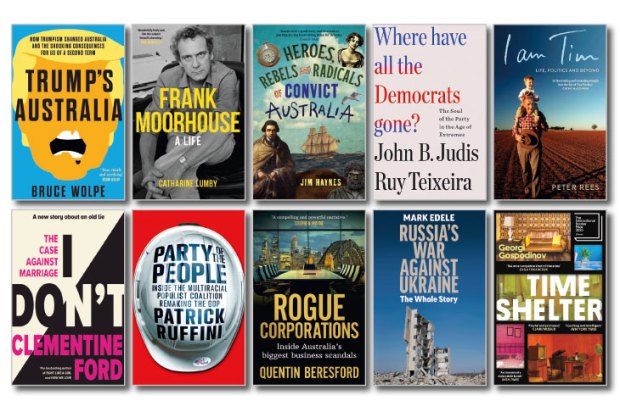
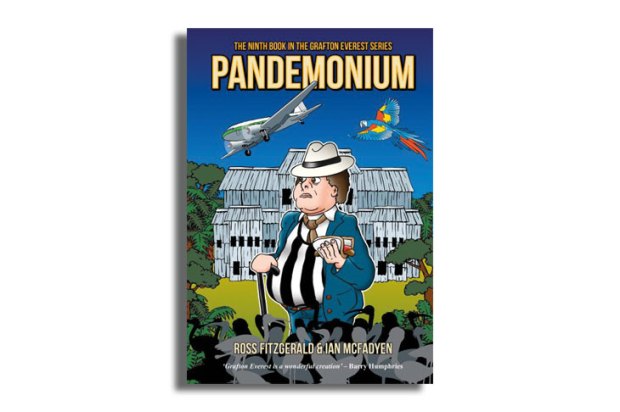
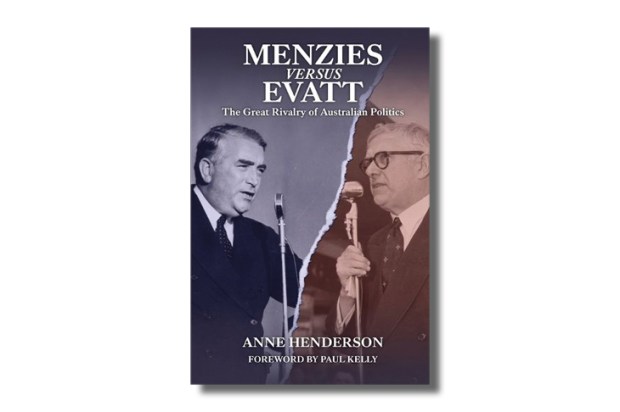
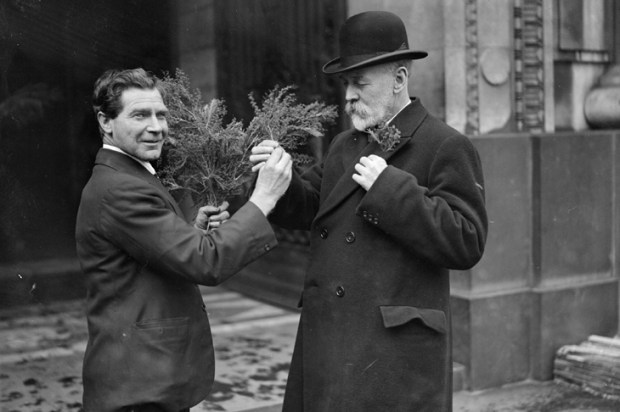
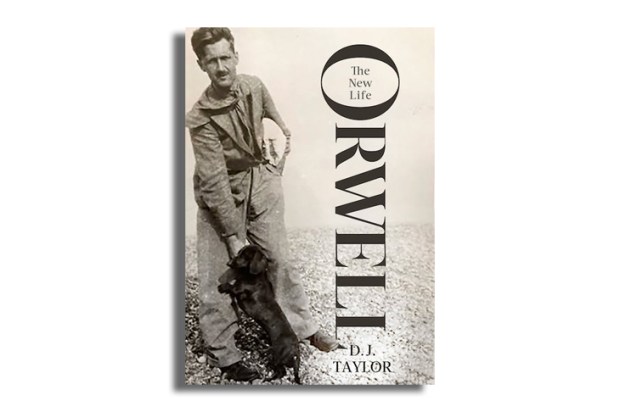






Comments
Don't miss out
Join the conversation with other Spectator Australia readers. Subscribe to leave a comment.
SUBSCRIBEAlready a subscriber? Log in